
The month has already changed from July to August, but I forgot to mention that my green apple espaliers brought us a nice harvest in time for our annual 4th of July celebration. My daughter Emma, has mastered the art of pie crust making (thanks to YouTube!) and treated us with the most delectable pies and apple turnovers using our Anna and Fuji apples.
If you'd like to plant an orchard, but only have a limited amount of garden space available, you might want to take advantage of the ancient practice of espalier (es-pal-yay). The custom of training trees to grow flat against a wall, fence, or trellis seems to have originated with the Romans, then spread around the world for anyone intent on making the most of their garden space. The French and Spanish typically grew peaches, oranges

, nectarines, limes, lemons, apples, pears and quinces using this innovative method.
You plant an espalier just like you would any other fruit tree. I bought my trees at the nursery in January when other dormant, bare-root trees have arrived and are ready to be planted. The trees had already been trained into three tiers and were potted with a support trellis. Unless you are really patient, this is the best way to get started, it takes two or three years off your waiting time. I chose to plant mine against my wrought iron pool fence for the added privacy that the apples trees would provide. You will need to plant the trees about 10-12 inches from your fence, then provide some support until your tree is well established.

You could sink two posts about a foot deep and string galvanized wire between them, planting your tree in the center, then tie the whips or young branches to the wire. As the trees grow and new branches appear,

prune away any branches that are straying outside the conformed design, or gently bend and tie the branches you want to cultivate, then wait. It does take regular pruning to keep your trees within the planned boundaries. It's easier to prune when branches are small and easy to control. Using compost, mulch around the base of the plant, water to a depth of 12 to 18 inches and keep your pruners handy. Espaliers are a practical, common sense way to increase the bounty and beauty of your garden. You are creating a work of art that will provide you with one more fresh fruit option from your garden.
 The month has already changed from July to August, but I forgot to mention that my green apple espaliers brought us a nice harvest in time for our annual 4th of July celebration. My daughter Emma, has mastered the art of pie crust making (thanks to YouTube!) and treated us with the most delectable pies and apple turnovers using our Anna and Fuji apples.
If you'd like to plant an orchard, but only have a limited amount of garden space available, you might want to take advantage of the ancient practice of espalier (es-pal-yay). The custom of training trees to grow flat against a wall, fence, or trellis seems to have originated with the Romans, then spread around the world for anyone intent on making the most of their garden space. The French and Spanish typically grew peaches, oranges
The month has already changed from July to August, but I forgot to mention that my green apple espaliers brought us a nice harvest in time for our annual 4th of July celebration. My daughter Emma, has mastered the art of pie crust making (thanks to YouTube!) and treated us with the most delectable pies and apple turnovers using our Anna and Fuji apples.
If you'd like to plant an orchard, but only have a limited amount of garden space available, you might want to take advantage of the ancient practice of espalier (es-pal-yay). The custom of training trees to grow flat against a wall, fence, or trellis seems to have originated with the Romans, then spread around the world for anyone intent on making the most of their garden space. The French and Spanish typically grew peaches, oranges , nectarines, limes, lemons, apples, pears and quinces using this innovative method.
You plant an espalier just like you would any other fruit tree. I bought my trees at the nursery in January when other dormant, bare-root trees have arrived and are ready to be planted. The trees had already been trained into three tiers and were potted with a support trellis. Unless you are really patient, this is the best way to get started, it takes two or three years off your waiting time. I chose to plant mine against my wrought iron pool fence for the added privacy that the apples trees would provide. You will need to plant the trees about 10-12 inches from your fence, then provide some support until your tree is well established.
, nectarines, limes, lemons, apples, pears and quinces using this innovative method.
You plant an espalier just like you would any other fruit tree. I bought my trees at the nursery in January when other dormant, bare-root trees have arrived and are ready to be planted. The trees had already been trained into three tiers and were potted with a support trellis. Unless you are really patient, this is the best way to get started, it takes two or three years off your waiting time. I chose to plant mine against my wrought iron pool fence for the added privacy that the apples trees would provide. You will need to plant the trees about 10-12 inches from your fence, then provide some support until your tree is well established. You could sink two posts about a foot deep and string galvanized wire between them, planting your tree in the center, then tie the whips or young branches to the wire. As the trees grow and new branches appear,
You could sink two posts about a foot deep and string galvanized wire between them, planting your tree in the center, then tie the whips or young branches to the wire. As the trees grow and new branches appear,  prune away any branches that are straying outside the conformed design, or gently bend and tie the branches you want to cultivate, then wait. It does take regular pruning to keep your trees within the planned boundaries. It's easier to prune when branches are small and easy to control. Using compost, mulch around the base of the plant, water to a depth of 12 to 18 inches and keep your pruners handy. Espaliers are a practical, common sense way to increase the bounty and beauty of your garden. You are creating a work of art that will provide you with one more fresh fruit option from your garden.
prune away any branches that are straying outside the conformed design, or gently bend and tie the branches you want to cultivate, then wait. It does take regular pruning to keep your trees within the planned boundaries. It's easier to prune when branches are small and easy to control. Using compost, mulch around the base of the plant, water to a depth of 12 to 18 inches and keep your pruners handy. Espaliers are a practical, common sense way to increase the bounty and beauty of your garden. You are creating a work of art that will provide you with one more fresh fruit option from your garden.






















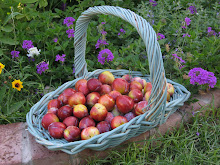
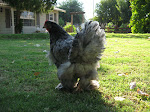
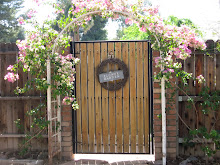


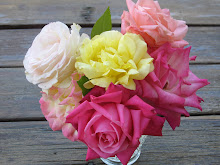

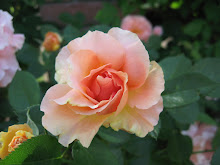




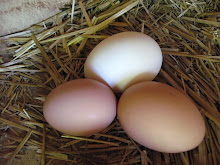

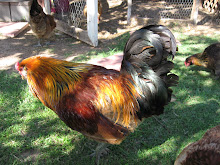
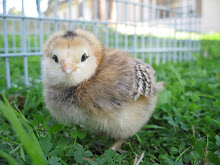
.jpg)








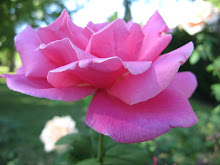
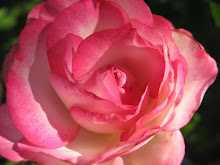
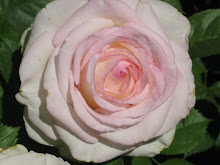
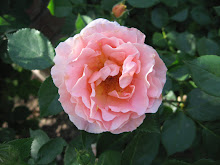
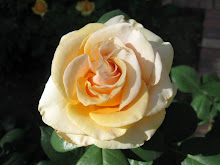
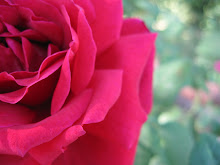

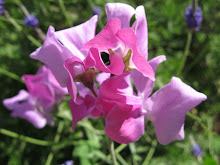
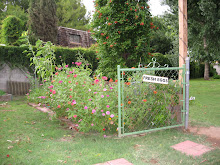

No comments:
Post a Comment